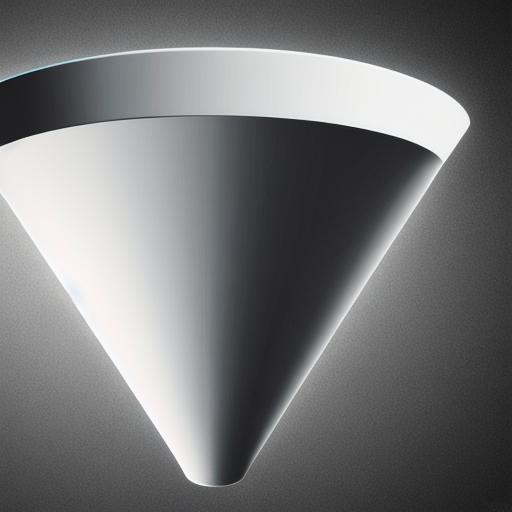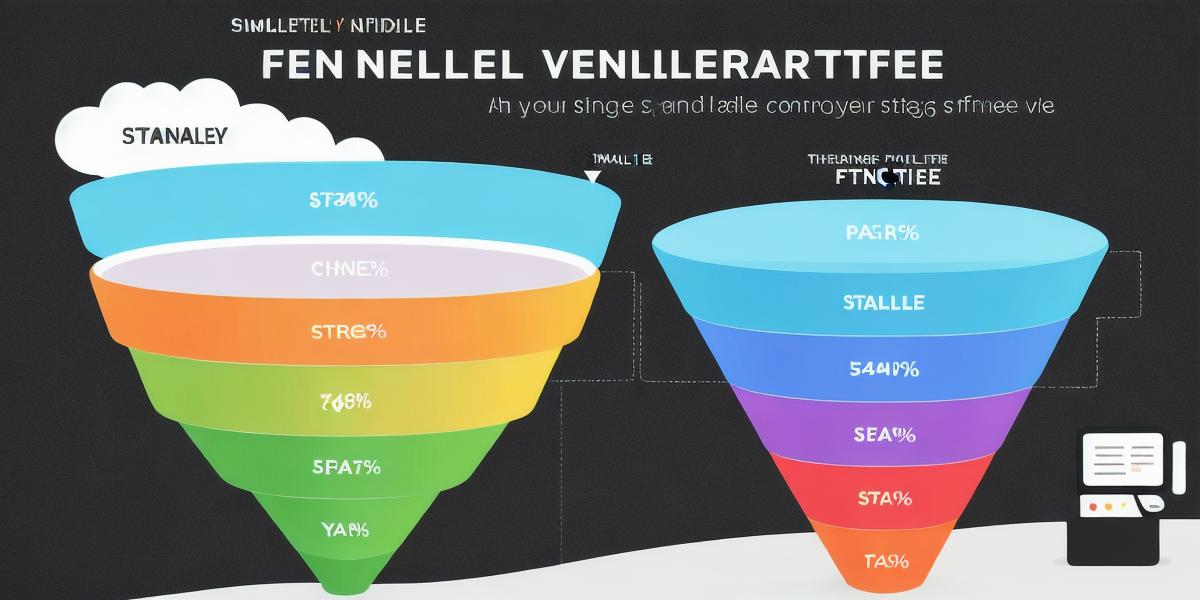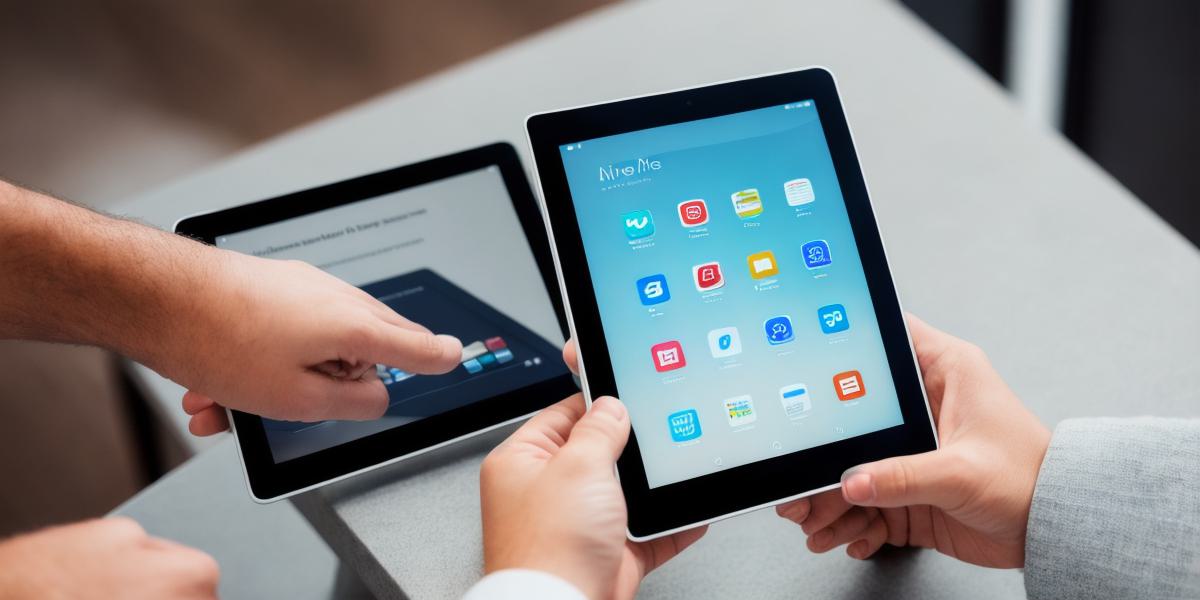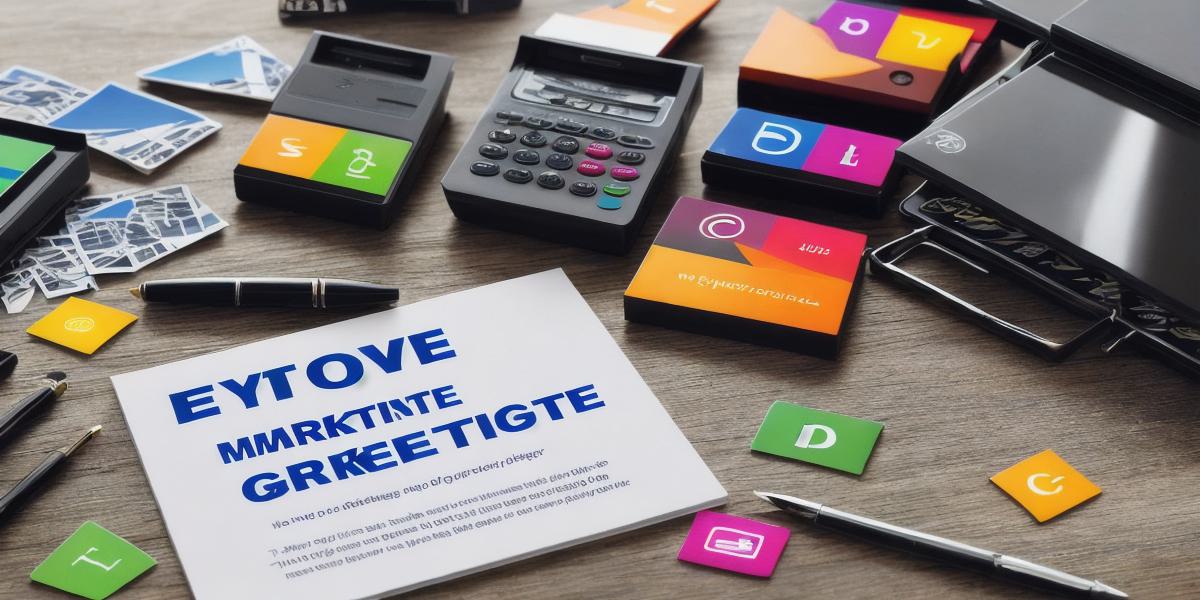Marketing funnels are a powerful tool for driving customer conversions and growing your business. By understanding the different stages of a marketing funnel, you can optimize your campaigns and improve conversion rates. In this article, we’ll explore the key stages of a marketing funnel and how they impact customer conversion rates, using case studies and real-life examples to illustrate the points being made.
Introduction
A marketing funnel is a model that describes the journey a potential customer goes through before deciding to buy your product or service. The funnel is divided into several stages, each with its own unique challenges and opportunities for conversion. By understanding these stages, you can create a more effective marketing strategy that drives higher conversion rates and grows your business.
Stages of the Marketing Funnel
The marketing funnel consists of three main stages: awareness, interest, and decision. Each stage is designed to capture the attention of potential customers and move them closer to making a purchase.
Awareness Stage
The awareness stage is the first step in the marketing funnel. It’s all about introducing your brand to potential customers and raising awareness about your product or service. In this stage, you want to create content that educates and informs your audience about the benefits of your offering and why they should consider it.
Examples of content at the awareness stage include:
- Social media posts
- Blog articles
- Infographics
- Videos
To be effective in this stage, you need to create high-quality content that resonates with your target audience. This means understanding their needs and pain points and providing solutions that address them.
Interest Stage
The interest stage is the second step in the marketing funnel. In this stage, potential customers are learning more about your product or service and deciding whether they want to learn more or not. Your content at this stage should focus on building trust with your audience by providing more detailed information about your offering and addressing any concerns or objections they may have.
Examples of content at the interest stage include:
- Ebooks

- Whitepapers
- Webinars
- Demos

At this stage, you want to provide your audience with a clear path to take if they’re interested in learning more about your product or service. This could be as simple as filling out a form or scheduling a demo.
Decision Stage
The decision stage is the final step in the marketing funnel. In this stage, potential customers are ready to make a purchase and become paying customers. Your content at this stage should focus on making it easy for your audience to complete the purchase process and convert into paying customers.
Examples of content at the decision stage include:
- Landing pages
- Shopping carts
- Payment processing pages
- Thank-you pages
At this stage, you want to create a seamless and intuitive checkout process that makes it easy for your audience to complete their purchase. This includes providing clear instructions, multiple payment options, and fast load times.
Conversion Rates and the Marketing Funnel
Conversion rates are a key metric in any marketing campaign. The conversion rate is the percentage of people who take the desired action, such as making a purchase or filling out a lead form. The higher your conversion rate, the more successful your marketing campaign will be.
The key to optimizing conversion rates lies in understanding the different stages of the marketing funnel and how they impact each other. By focusing on improving conversion rates at each stage, you can create a more effective marketing strategy that drives higher conversion rates and grows your business.
How to Improve Conversion Rates at Each Stage of the Marketing Funnel
Here are some tips for improving conversion rates at each stage of the marketing funnel:
Awareness Stage
- Create high-quality content that resonates with your target audience.
- Use social media and other channels to reach a wider audience and increase awareness about your product or service.
- Optimize your website for search engines to improve visibility and drive more traffic.
- Offer free resources, such as ebooks or webinars, to provide value to your audience and capture their contact information.
Interest Stage
- Provide detailed information about your product or service that addresses potential customers’ pain points and concerns.
- Use targeted advertising and email marketing to reach potential customers who are interested in learning more about your offering.
- Offer free trials or demos to give potential customers a taste of what your product or service has to offer.
- Create a clear call-to-action (CTA) that encourages potential customers to take the next step, such as filling out a lead form or scheduling a demo.
Decision Stage
- Make it easy for potential customers to complete the purchase process by providing clear instructions and multiple payment options.
- Optimize your website for mobile devices to ensure a seamless checkout experience on any device.
- Use urgency and scarcity tactics, such as limited-time offers or countdown timers, to encourage potential customers to take action quickly.
-
Provide excellent customer service throughout the entire process to build trust and improve conversion rates.
Case Studies: How Companies Are Optimizing Marketing Funnel Stages and Conversion Rates
Here are a few examples of companies that have successfully optimized their marketing funnels and improved conversion rates:
HubSpot
HubSpot is a popular inbound marketing software company that uses a highly effective marketing funnel to drive conversions. The company’s content strategy focuses on providing high-quality, educational content that resonates with its target audience. This has helped the company attract and nurture potential customers through the different stages of the marketing funnel.
By offering free resources, such as ebooks and webinars, HubSpot has been able to capture the attention of potential customers and provide value at each stage of the funnel. The company’s website also features targeted advertising and email marketing campaigns that reach potential customers who are interested in learning more about its offerings.
Shopify
Shopify is an e-commerce platform that has successfully optimized its marketing funnel to drive conversions. The company offers a free trial of its platform, which allows potential customers to try out its features and see the benefits for themselves. This has helped the company attract and nurture potential customers through the different stages of the marketing funnel.
By offering a free trial,
Shopify
has been able to provide value to potential customers at each stage of the funnel. The company’s website also features targeted advertising and email marketing campaigns that reach potential customers who are interested in learning more about its offerings.
Dollar Shave Club
Dollar Shave Club is a popular subscription-based razor service that uses humor and creativity to drive conversions. The company’s viral video marketing campaign went viral on social media and helped the company attract a wide audience and capture their attention at the awareness stage of the funnel.
By using humor and creativity in its content,
Dollar Shave Club
has been able to connect with its target audience and create a strong brand identity. The company’s website also features targeted advertising and email marketing campaigns that reach potential customers who are interested in learning more about its offerings.
Real-Life Examples: How Companies Are Optimizing Marketing Funnel Stages and Conversion Rates
Here are a few real-life examples of companies that have successfully optimized their marketing funnels to improve conversion rates:
Sephora
Sephora is a popular beauty retailer that uses a highly effective marketing funnel to drive conversions. The company offers personalized product recommendations based on each customer’s skin type and preferences, which helps the company attract and nurture potential customers through the different stages of the funnel.
By offering personalized product recommendations,
Sephora
has been able to provide value to its customers and increase conversion rates at each stage of the funnel. The company’s website also features targeted advertising and email marketing campaigns that reach potential customers who are interested in learning more about its offerings.
Netflix
Netflix is a popular streaming service that uses a highly effective marketing funnel to drive conversions. The company offers a free trial of its platform, which allows potential customers to try out its features and see the benefits for themselves. This has helped the company attract and nurture potential customers through the different stages of the marketing funnel.
By offering a free trial,
Netflix
has been able to provide value to its customers and increase conversion rates at each stage of the funnel. The company’s website also features targeted advertising and email marketing campaigns that reach potential customers who are interested in learning more about its offerings.
Conclusion: How to Optimize Marketing Funnel Stages and Improve Conversion Rates
By understanding the different stages of the marketing funnel and how they impact each other, companies can optimize their marketing strategies to drive higher conversion rates and grow their businesses. By focusing on improving conversion rates at each stage of the funnel, companies can create a more effective marketing strategy that drives higher conversion rates and improves overall business performance.




